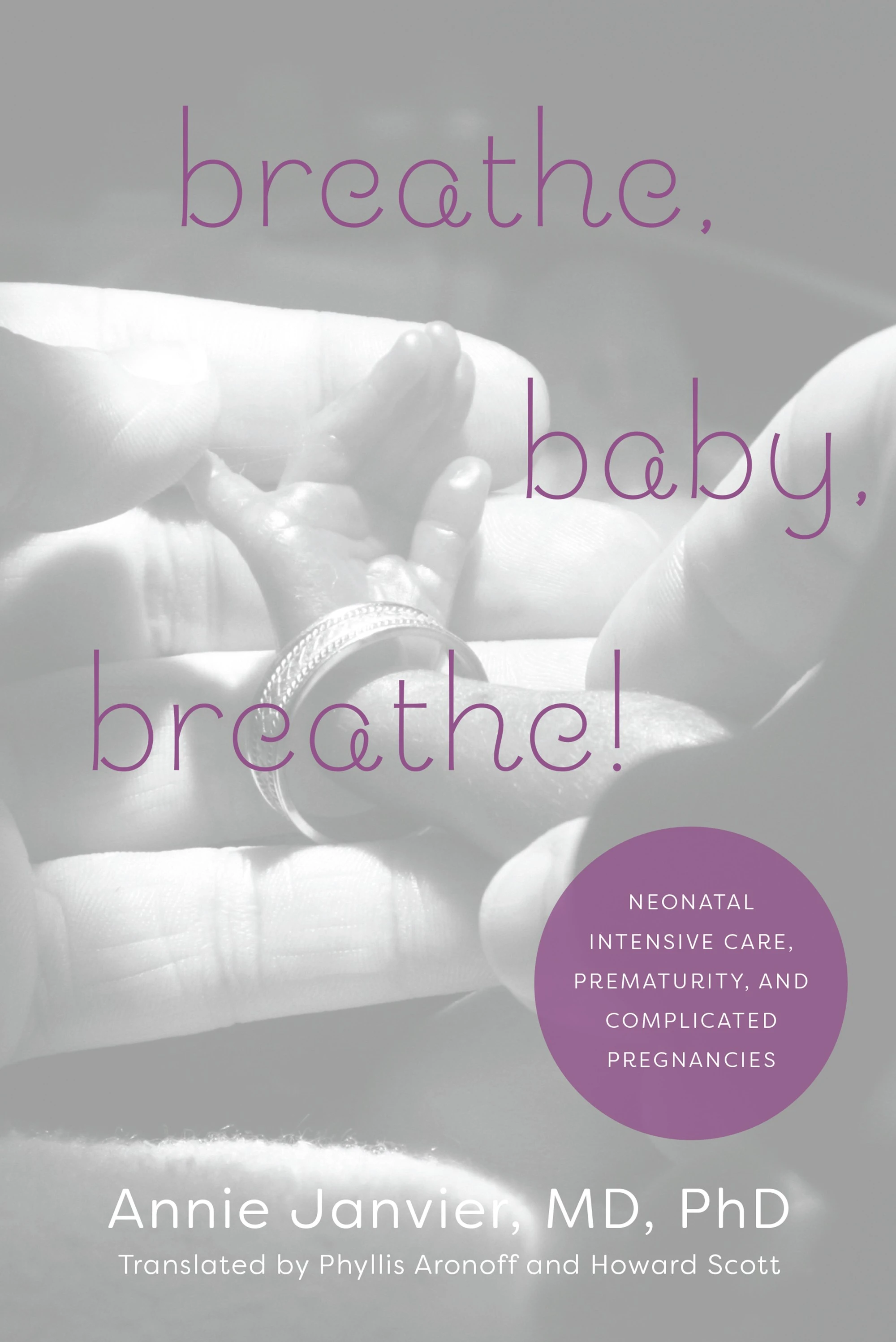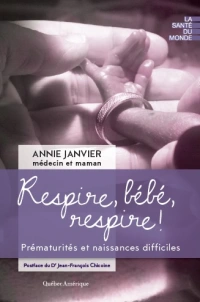Vasilescu C, Garel M, Caeymaex L: [experience of parents after the loss of a newborn twin in the nicu: A qualitative study 3 years after the death.]. Archives de pediatrie. 2013(0). This is a nice qualitative study, with a reasonable sample size of 26 parents, (15 mothers and 11 fathers) who lost a twin in the NICU, while the other survived. How do they live that experience? The article is in French, and I think it is probably unique in the literature. I am sometimes a bit cynical about qualitative studies, but this is the type of thing that you can’t do any other way, and which can be really important.
I reproduce the final conclusions below, with a translation beneath that if you don’t parler.
Entre la perte d’un singleton et d’un enfant jumeau, la question n’est pas la différence d’intensité de la tristesse des parents, mais plutôt la coexistence de sentiments très
forts : joie et tristesse, espoir et désespoir, investissement et détachement. Pendant l’hospitalisation et au cours d’un suivi ultérieur, les soignants doivent pouvoir entendre les
parents évoquer ces sentiments contradictoires qui les assaillent. On peut alors espérer que les parents se sentent soutenus dans le processus qui leur permet d’intégrer la
perte, d’investir l’enfant en vie, de faire en sorte que les représentations des enfants s’emmêlent le moins possible et que dans l’histoire familiale, la place de chaque enfant
soit préservéeé.
”Between the loss of a singleton and of a twin, the question is not the difference in intensity of the parents grief, but rather the co-existence of very strong emotions: joy and sadness, hope and despair, investment and detachment. During the hospitalization and subsequent follow up, carers must be able to listen to the parents expressing these contradictory feelings. It is to be hoped that the parents feel supported in a process which allows them to come to terms with their loss, to invest in the living child, to find a way that the images of the two infants become confused as little as possible, and that in the story of the family the place of each child is preserved.”
There aren’t many studies of what happens to parents after a neonatal death, but Dr Caeymaex has been publishing in this area. It is understandably a little tricky to do this kind of research, but it can really help us to find out how to give the best care to families. One of the groups previous publications was in PLoS one, which is nice because it is free access, but unfortunately, probably didn’t get the attention it deserved, as not many people I know read PLos one (I don’t either!). This is one of the very few times that parents have been followed after an end-of life decision was made. That one is in English, Caeymaex L, Speranza M, Vasilescu C, Danan C, Bourrat MM, Garel M, Jousselme C: Living with a crucial decision: A qualitative study of parental narratives three years after the loss of their newborn in the nicu. PLoS One 2011, 6(12):e28633. It gives some guidance based on the parent interviews:
‘The physicians’ attitudes that were perceived as helpful in the long term were explicit sharing of responsibility, clear expression of staff preferences, and respectful care and language toward the child.’
I am against a one size fits all approach, but I think those sort of general guidelines are indeed generally applicable. The clear expression of staff preferences I think needs some modulation, to avoid being coercive, once you say that ‘everybody here thinks that we should do A’, then that leaves little room for the parents values to be expressed.
The interpretation section of the abstract is nicely put: ‘Parents find it valuable to express their opinion in the end-of-life decision making process of their child. Nonetheless, they do need continuous emotional support and an explicit share of the responsibility for the decision. As involvement preferences and associated feelings can vary, parents should be able to decide what role they want to play. However, our study suggests that fully autonomous decisions should be misadvised in these types of tragic choices’








